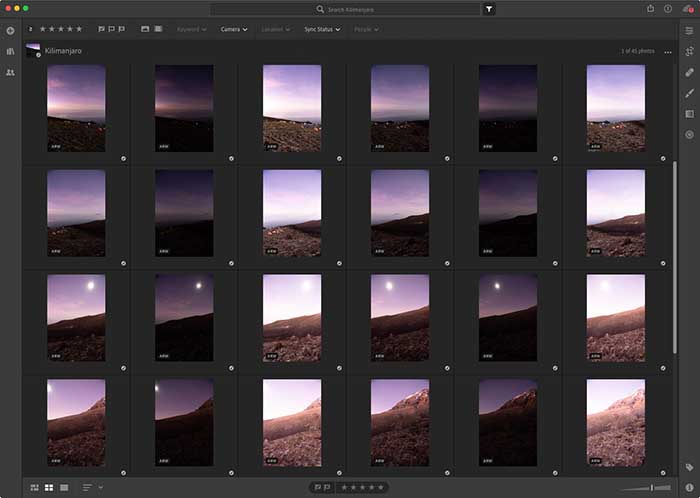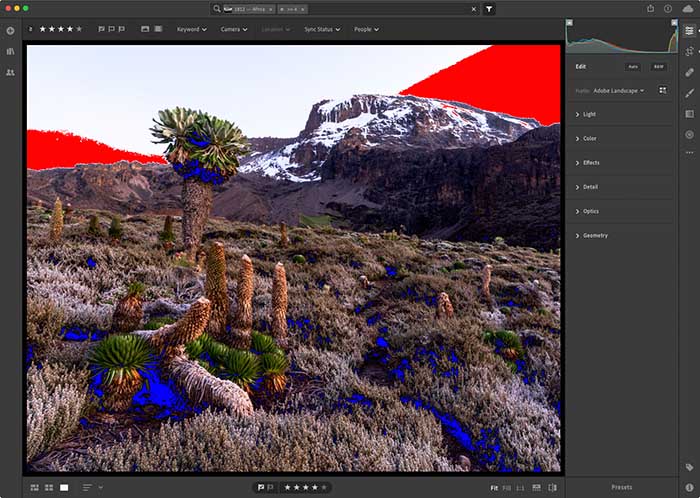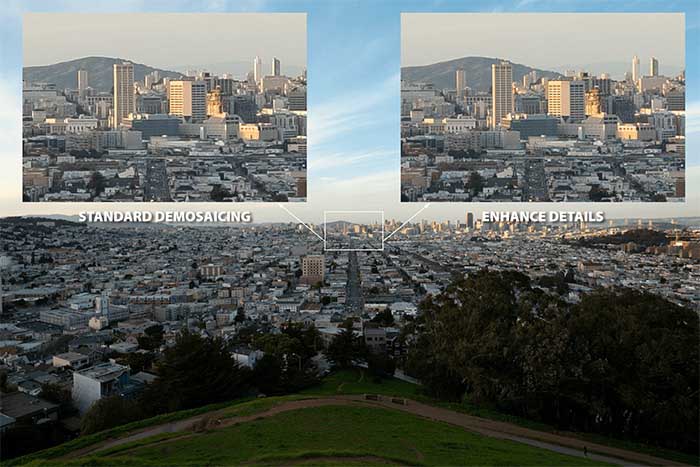Adobe has released an update to Lightroom CC, Lightroom Classic CC and Camera Raw, which includes a new AI-powered Enhance Detail feature promising to increase image resolution by 30%.
Powered by its Sensei AI engine, Enhance Details introduces a new method of demosaicing raw images by increasing the resolution of images from both Bayer-based sensors (the most common) and X-Trans sensors, such as found in Fujifilm’s X series cameras.
How Adobe’s Enhance Details works
By applying the new Enhance Details tool to your images, Adobe says you can increase the resolution by up to 30% as well as improve improve colour reproduction. As Adobe explains:
Demosaicing can be relatively straightforward in the areas of an image that have smooth gradients or constant color. Think blue skies and puffy white clouds. However, the process gets a lot trickier in the more complicated regions of an image. In areas with texture, fine details, repeating patterns, and sharp edges, standard demosaicing methods can struggle, producing lower resolution and problematic artifacts.
This is where Enhance Details employs machine learning to improve the process. Adobe says it trained a neural network to demosaic raw images using a billion of these types of problematic examples.
In fact, it trained two models on a billion examples: one for Bayer sensors and one for X-Trans sensors. At the end of the process, Adobe says Enhance Details is able to give more accurate rendering of edges and details, with fewer artefacts and moire patterns.
Enhance Details can now be found in Adobe Camera Raw, Lightroom Classic CC, and Lightroom CC for Mac and Windows.

HDR, Pano, and HDR Pano merge
Adobe’s new Lightroom update also introduces new HDR, Pano and HDR Pano merge tools. Adobe recommends using your camera’s auto exposure bracketing mode before planning to use this feature. After doing so, Lightroom CC will now be able to merge either raw or JPEG images into HDR or panoramic images.
What’s more, when merging raw files, the final image will be a DNG that maintains all of the flexibility of a raw file, allowing users to adjust exposure and tone.
Lightroom’s new Pano feature also accounts for images you’ve shot handheld. A new alignment technology positions each photo in the series and corrects for distortion.

Other new tools for Lightroom
Adobe’s February update also adds a new histogram clipping indicator that, when enabled will show you the areas of your image with clipped highlights in red, or clipped shadows in blue. To enable this feature, navigate to View > Edit Panels > Show Histogram.
A new Target Adjustment Tool promises more precise control over colour and tonality. As Adobe explains:
To access the TAT, open either the Tone Curve, Colour Mixer, or B&W Mixer and click on the target icon. A new control will show up at the bottom of the screen that provides control over what the TAT will affect while interacting with your photo. Clicking and dragging on your photo will then directly adjust the Tone Curve, Colour Mixer, or B&W Mixer (depending on which is currently active) for the colour or tonality under the mouse cursor, enabling you to quickly modify different parts of your image directly and effectively. For example, clicking and dragging on the sky in a photo with the TAT focusing on the Colour Mixer tool in Saturation mode enables you to increase or decrease the saturation of the colours in the sky.
Adobe’s February release includes updates for Camera Raw, Lightroom Classic CC, and Lightroom CC for Mac, Windows, Android, ChromeOS and iOS. You can find full details of all the improvements on Adobe’s website.



